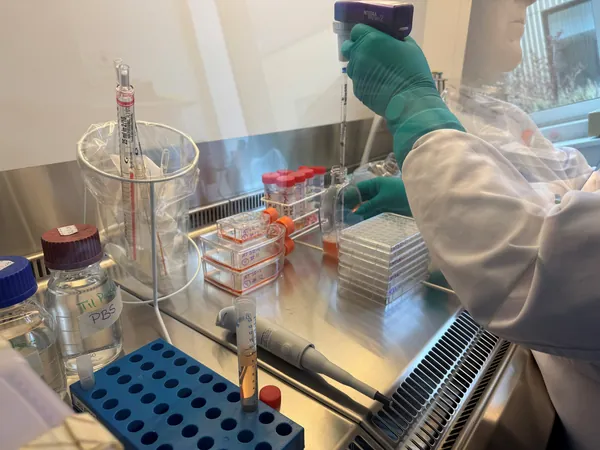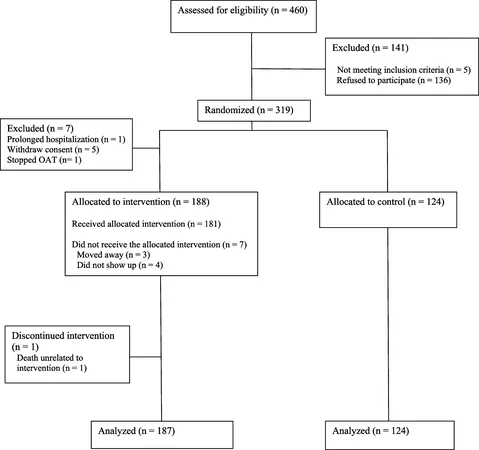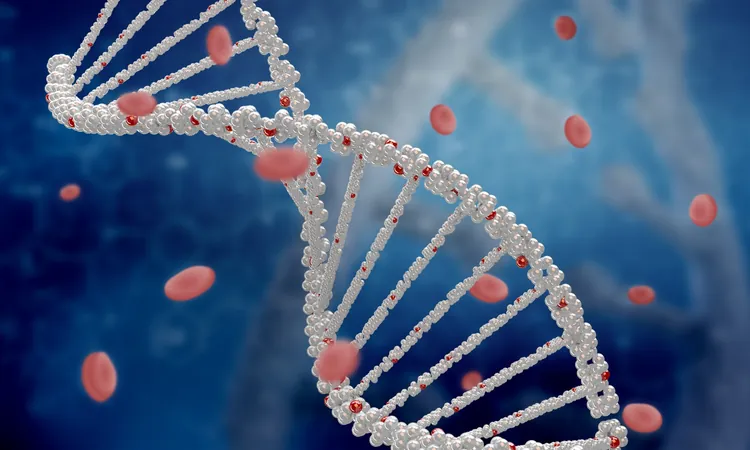
Revolutionizing Chemical Safety: The Push for Fewer Animal Tests
2025-07-02
Author: Ming
A Bold Step Towards Animal-Free Testing
Groundbreaking research is paving the way for reducing animal testing in Europe, especially in identifying harmful endocrine-disrupting substances. Despite the possibility of non-animal methods, their application remains minimal—until now.
New Research Unveils Alternatives to Animal Testing
A team spearheaded by the DTU National Food Institute under the MERLON project has rigorously analyzed the landscape of alternatives to traditional animal testing, focusing on innovative approaches known as new approach methodologies (NAMs). This comprehensive examination highlights the convoluted regulatory environment governing chemical safety in everyday products ranging from cosmetics to food.
The Current State of Animal Testing Alternatives
Shockingly, researchers found that alternative testing methods are scarcely utilized, despite EU regulations permitting their use. "While EU law allows for alternatives that can match the predictive accuracy of animal testing, we currently rely heavily on one primary method—'read-across.' This method draws on data from similar substances, but we must broaden our usage now," emphasizes Marie Louise Holmer, a lead researcher at DTU.
Benefits Beyond Animal Welfare
Implementing NAMs isn't just an ethical win; they significantly hasten the identification of harmful substances, ultimately benefiting both animal welfare and public health. With over 60,000 chemicals circulating worldwide, the current testing methods are woefully inadequate to evaluate their effects, not even within a century.
Endocrine Disruptors: A Growing Concern
Endocrine disruptors threaten not only human health but also wildlife and the environment. These harmful substances can trigger severe health issues like infertility and compromised immune systems. Historically, testing these chemicals has hinged on animal experiments, leading to fervent debates over their ethical implications.
A Call for Balanced Progress
The research team advocates for a measured approach that nurtures the development and validation of alternative methods while concurrently refining animal testing processes. "To phase out animal testing entirely, we need to ensure that alternatives deliver equally reliable results,' says Holmer.
Constructing Common Ground Among Stakeholders
For the transition to be successful, the researchers urge collaboration among all stakeholders—including government agencies, researchers, industry leaders, and NGOs—to establish consensus on the robustness of NAM results.
Understanding Endocrine Disruptors in the EU
To classify a chemical as an endocrine disruptor in the EU, it must meet three critical criteria: it must demonstrate harm (via animal assessments or NAMs), interfere with hormonal systems (where NAMs are already applicable), and prove a direct link between the hormonal disruption and adverse effects.
The Future of Testing with NAMs
The ongoing development of NAMs, which include computer-based models and cell culture tests among others, holds the promise of transforming how we identify and manage chemical risks. As we stride forward, a collaborative effort is essential to ensure the safety of substances while dramatically reducing reliance on animal testing.




 Brasil (PT)
Brasil (PT)
 Canada (EN)
Canada (EN)
 Chile (ES)
Chile (ES)
 Česko (CS)
Česko (CS)
 대한민국 (KO)
대한민국 (KO)
 España (ES)
España (ES)
 France (FR)
France (FR)
 Hong Kong (EN)
Hong Kong (EN)
 Italia (IT)
Italia (IT)
 日本 (JA)
日本 (JA)
 Magyarország (HU)
Magyarország (HU)
 Norge (NO)
Norge (NO)
 Polska (PL)
Polska (PL)
 Schweiz (DE)
Schweiz (DE)
 Singapore (EN)
Singapore (EN)
 Sverige (SV)
Sverige (SV)
 Suomi (FI)
Suomi (FI)
 Türkiye (TR)
Türkiye (TR)
 الإمارات العربية المتحدة (AR)
الإمارات العربية المتحدة (AR)